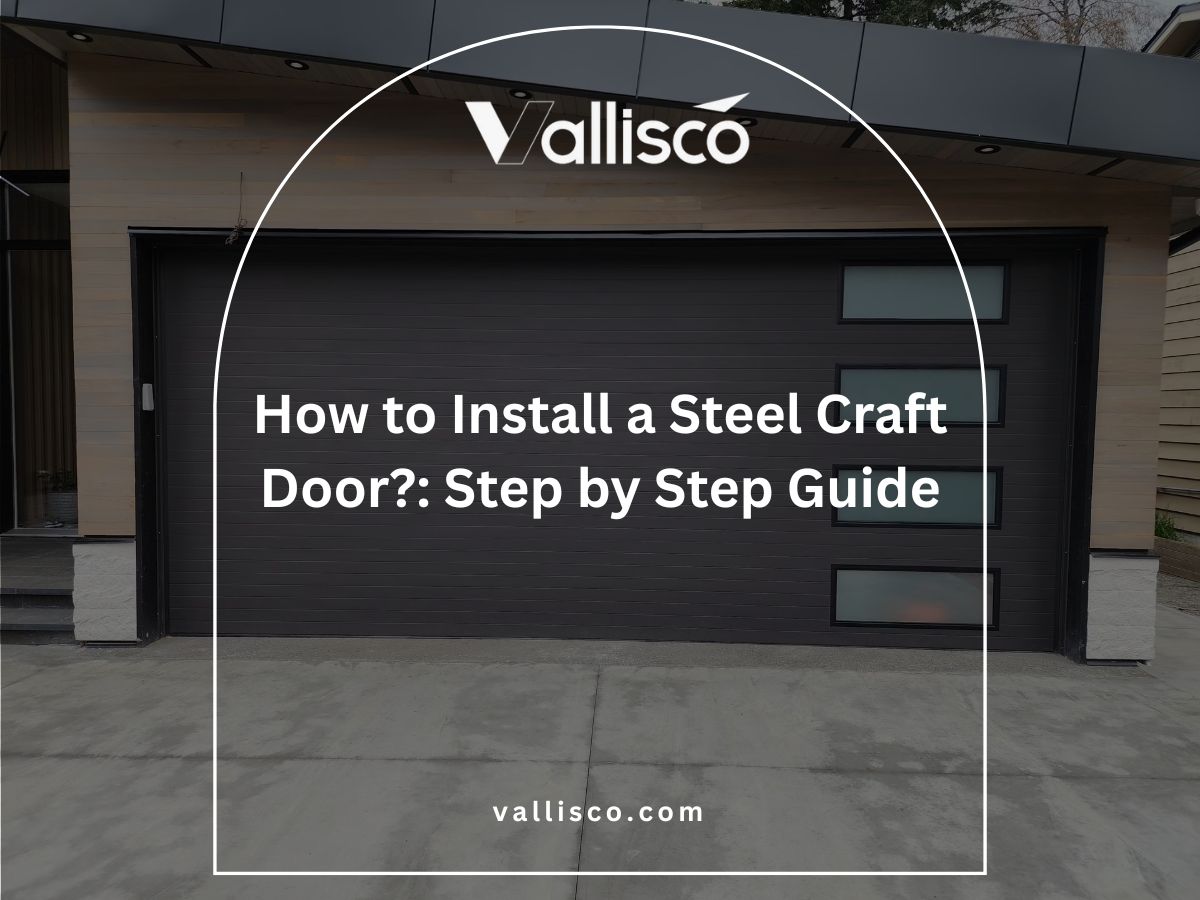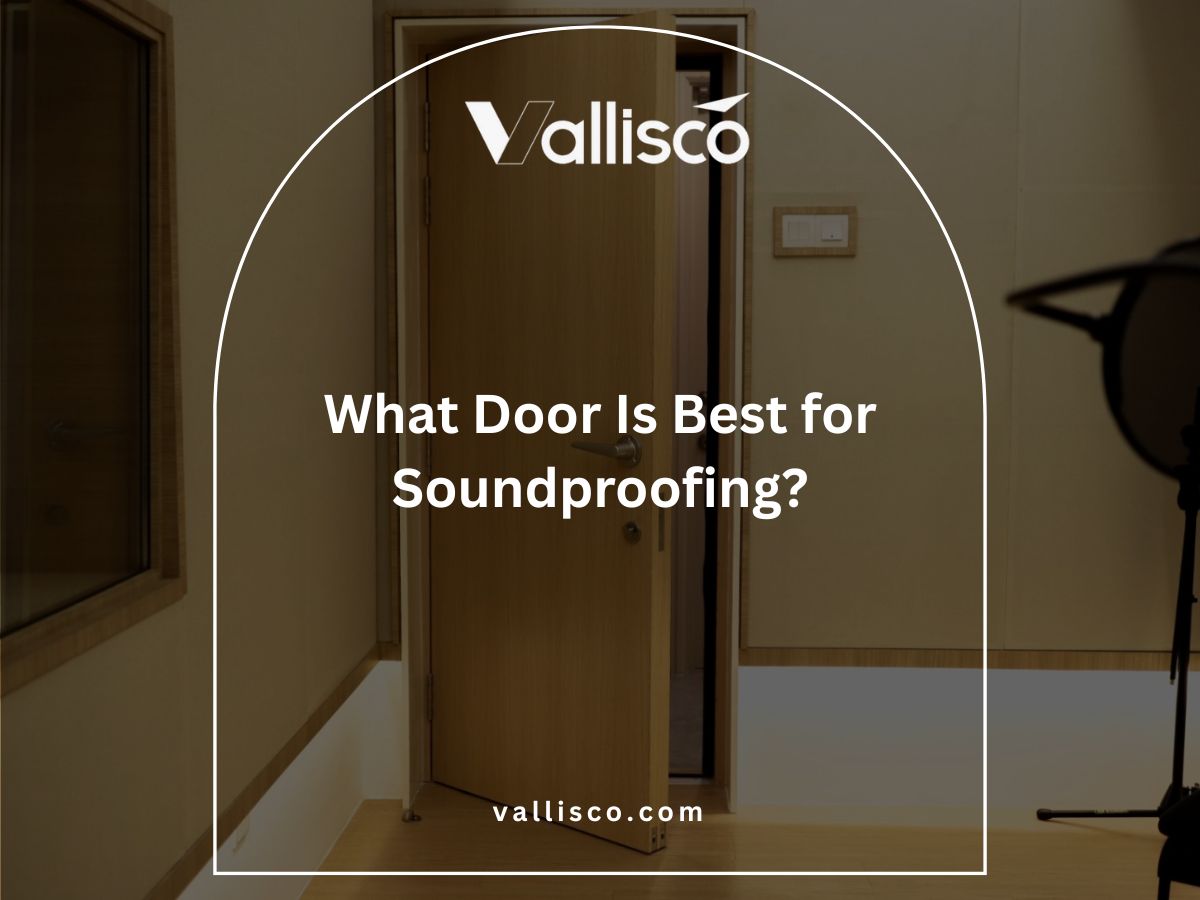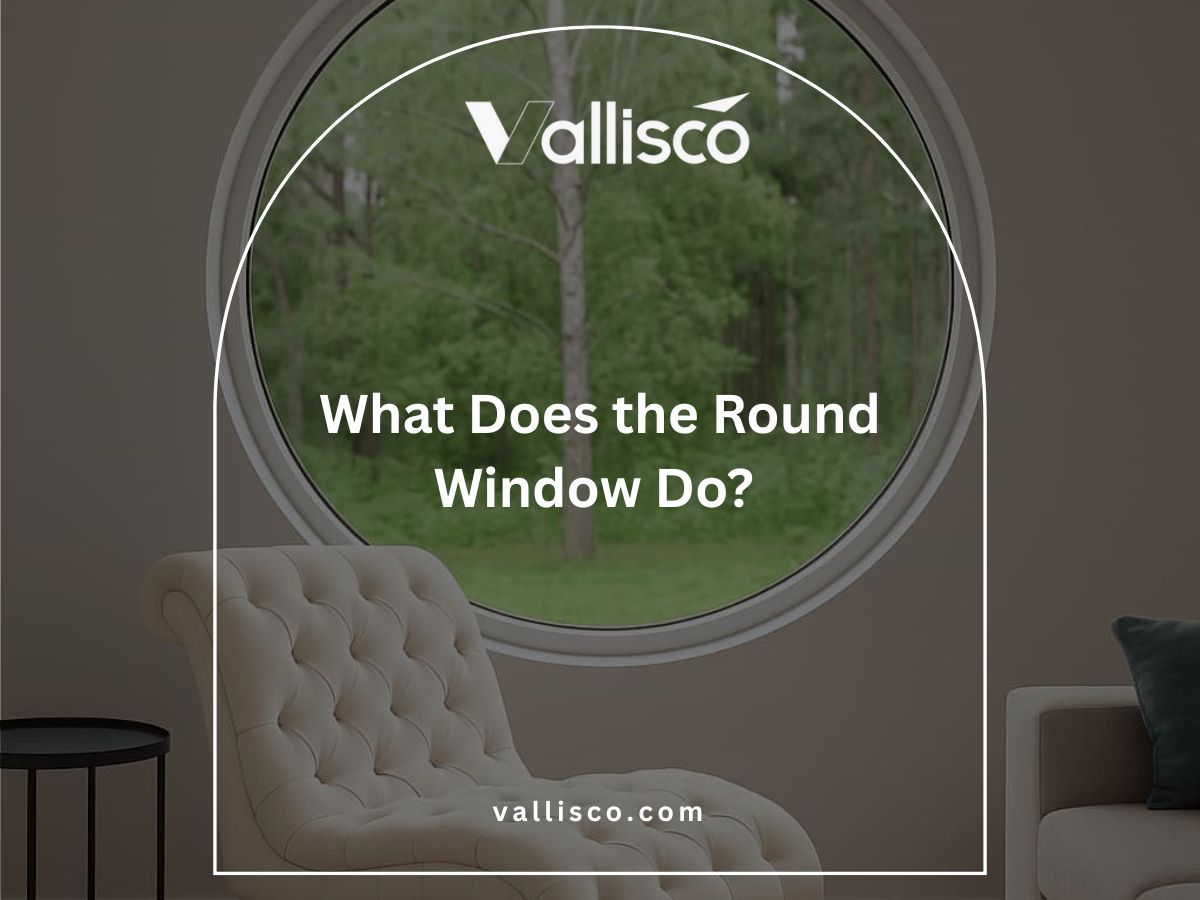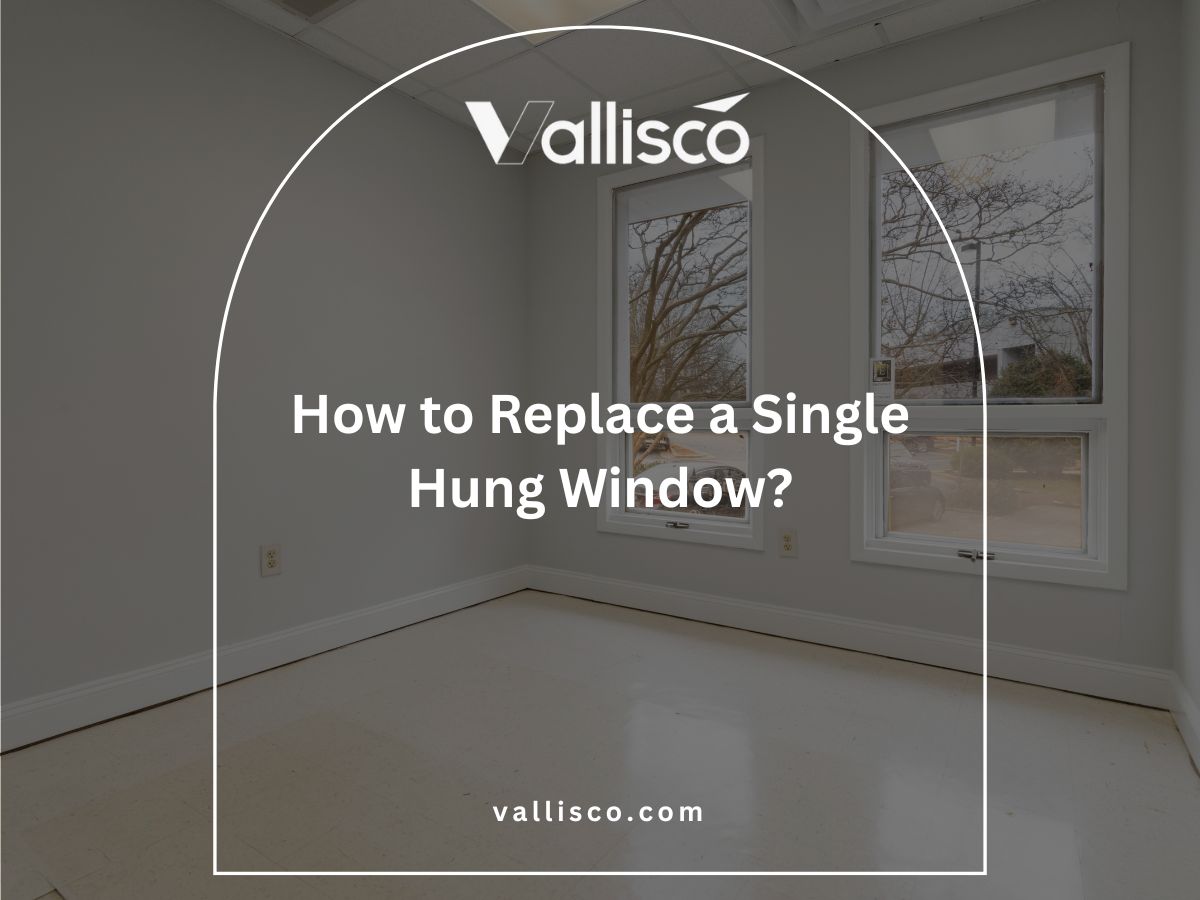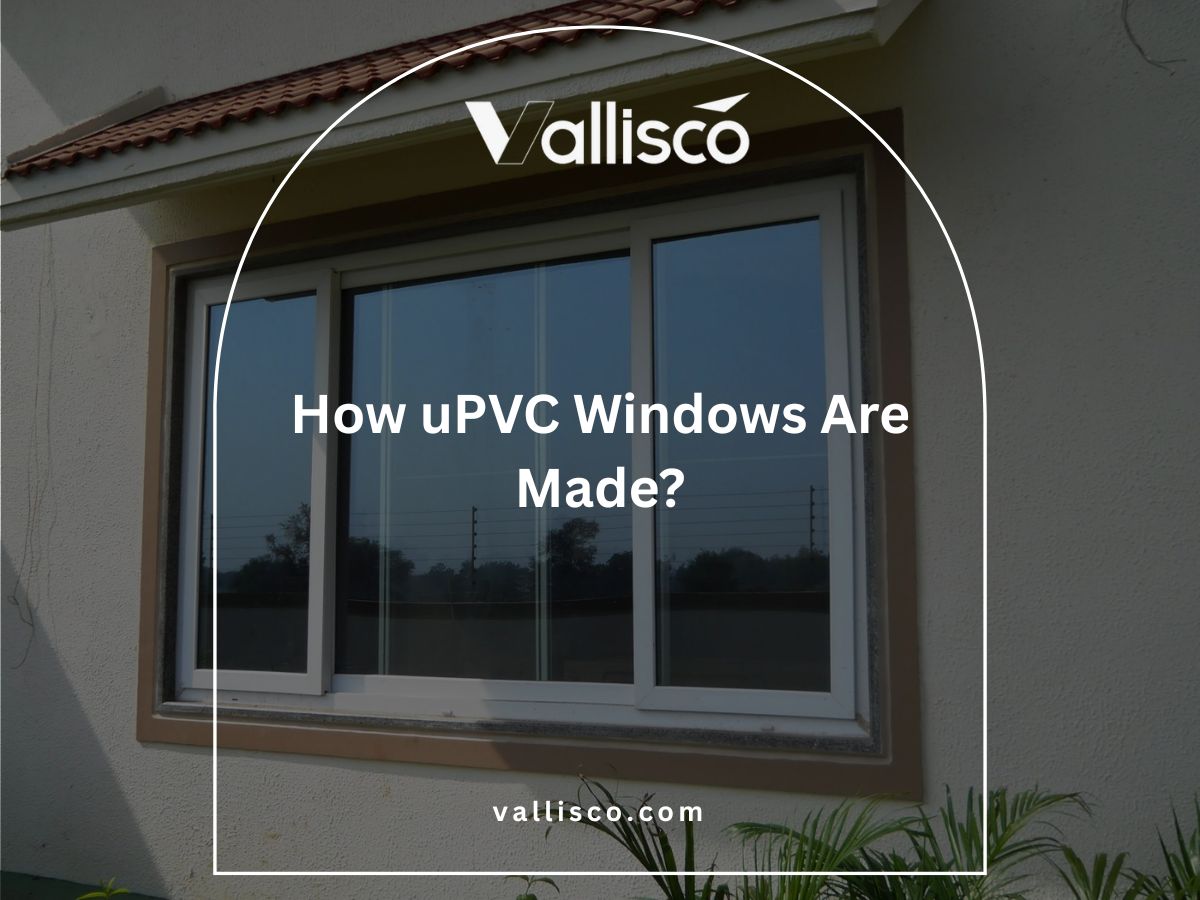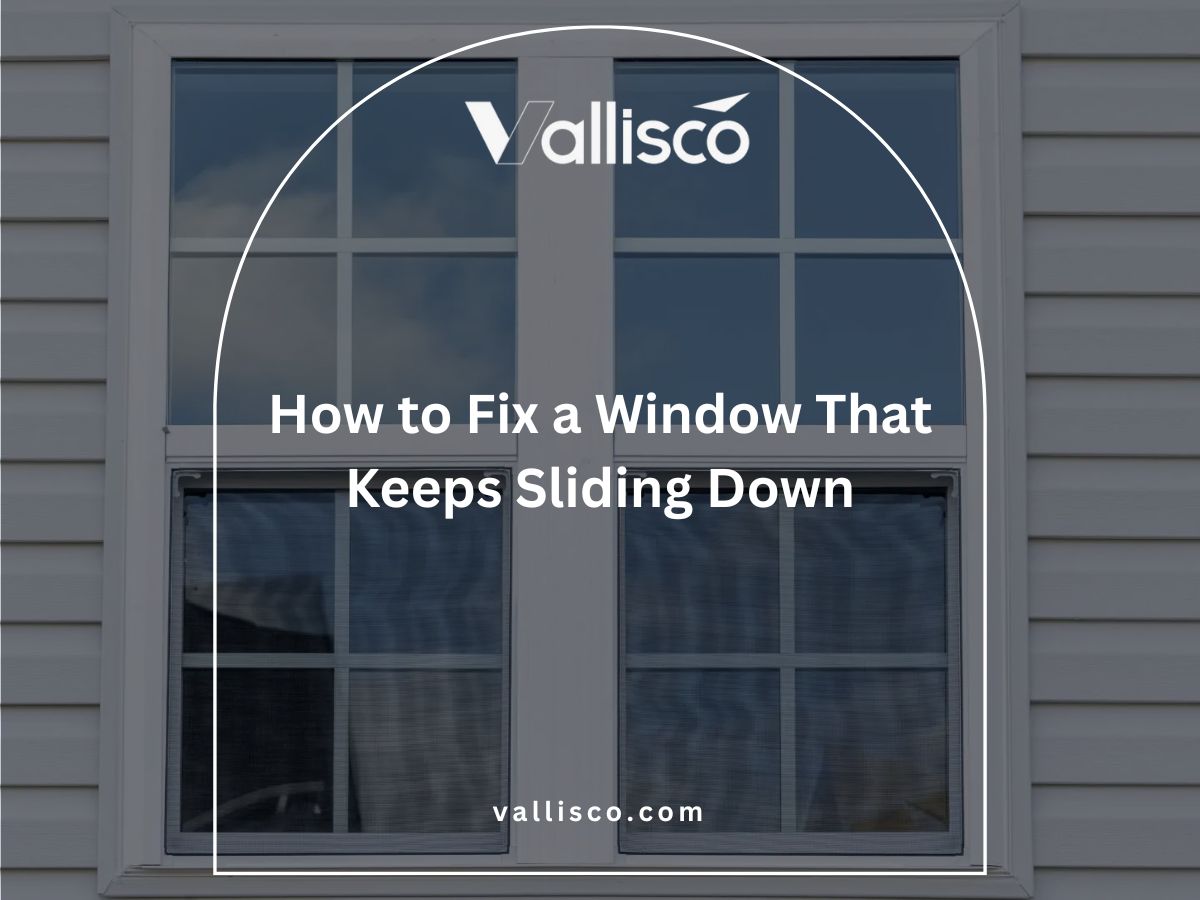I’ve watched too many projects run into trouble because the wrong metal door was picked. One property owner loved the sleek, modern style they chose, but within months the door started warping. The humid climate was just too much for the material.
That kind of problem is completely avoidable when you know what to check before placing an order.
Over the years, I’ve worked side-by-side with owners, engineers, and installers comparing designs, testing materials, and figuring out which options hold up in real conditions.
In this guide, I’ll share what I’ve learned so you can choose a commercial metal door that fits your needs for specifications, safety, durability, cost, and installation.
By the end, you’ll know exactly which questions to ask and what details matter most.
So let’s start!
1. What Are Commercial Aluminum Windows?
I’ve seen plenty of projects where aluminum windows completely changed the look and feel of a building. These windows use aluminum frames to hold glass panels, and they are common in offices, hotels, and modern homes. Aluminum is a lightweight yet strong metal, which means it can support large glass areas without bending or warping.
People choose aluminum windows for their long life, low maintenance needs, and resistance to rust and harsh weather. They also have a clean, modern look that blends with many architectural styles. If you want something that feels solid, lasts for years, and still looks good, aluminum windows are a strong option.
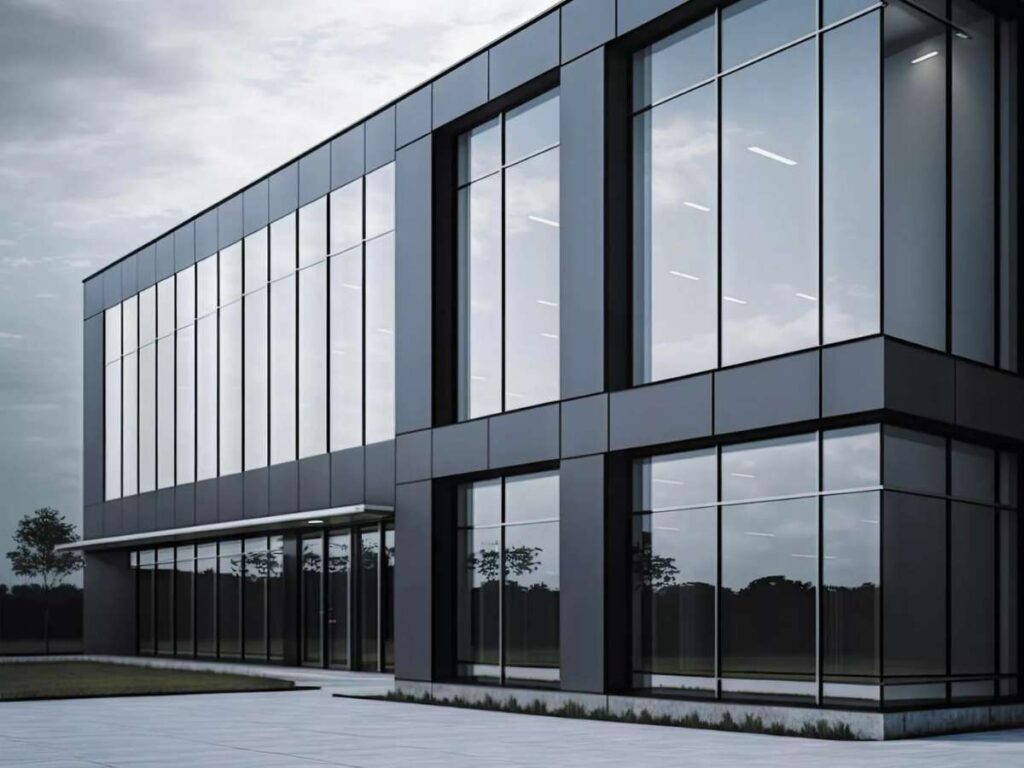
2. Benefits of Using Aluminum for Commercial Windows
If you’re choosing windows for a commercial project, you might wonder: why aluminum instead of wood or PVC? I’ve worked with all three, and in most cases, aluminum performs better for commercial needs.
It’s built to handle the size, weight, and conditions these projects demand. Let’s look at why it often comes out on top.
Strength and Durability
Commercial windows are often much larger than those in homes, with heavier glass and more exposure to daily use. Aluminum can handle that pressure without bending or sagging. It doesn’t warp, swell, or crack when temperatures or humidity change. I’ve seen coastal hotels swap rotting wooden frames for aluminum, and years later, the frames still look and work like new.
Low Maintenance
Maintaining aluminum windows is simple compared to wood. A quick wipe with water and mild soap is usually all it takes to keep them looking clean. You don’t have to repaint or reseal them, and they keep their color and shape for years. For busy places like inns or schools, this saves time and money.
Design Flexibility
Aluminum allows for slim frames, which means bigger views and more light. It comes in a variety of finishes and colors, from matte black to woodgrain textures. I’ve seen it work beautifully in modern, rustic, and even classic designs. The versatility makes it a safe choice for many building styles.
Recyclability
If sustainability matters to you, aluminum is a good option. It can be recycled without losing its strength, which makes it attractive for eco-focused projects. Many builders choose it to cut waste while still getting strong, reliable windows. It’s a practical way to combine performance with environmental responsibility.
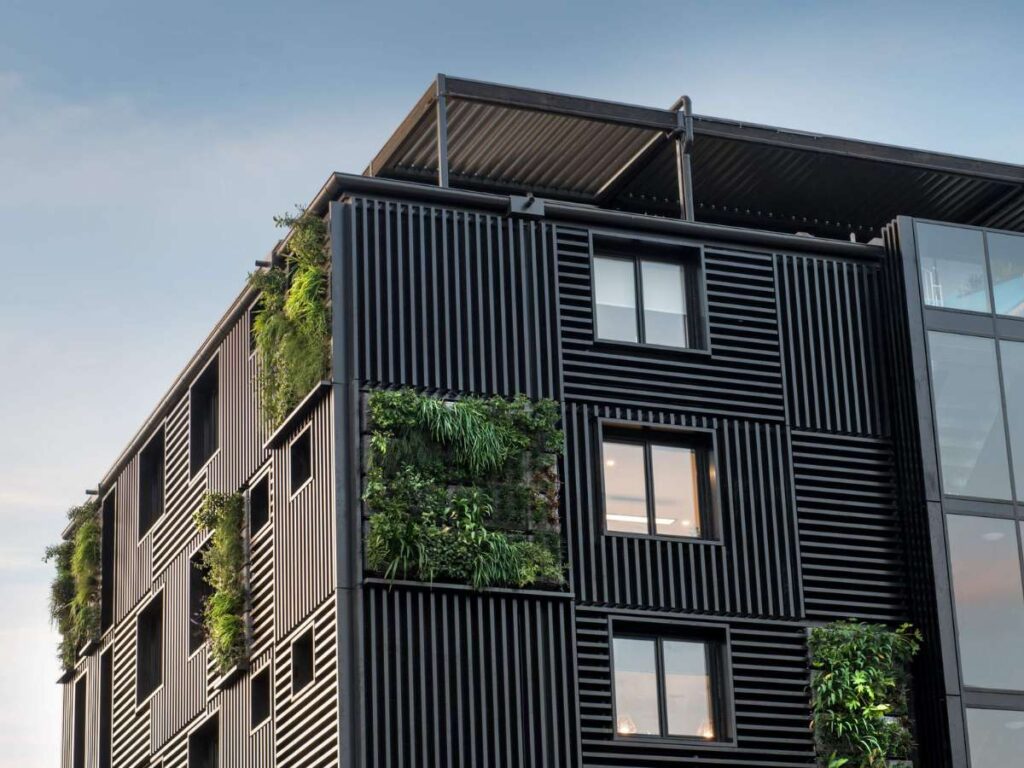
3. Types of Commercial Aluminum Windows
Not all windows work the same way. Some slide, some swing, and others never open at all. Choosing the right type is just as important as choosing the right frame. Over the years, I’ve seen how different designs suit different needs in hotels, B&Bs, villas, and greenhouses. Here’s a closer look at the main options.
| Type of Window | How It Works / Opens | Key Benefits | Things to Consider | Best For | Not Ideal For |
| Sliding Windows | Panels glide side-to-side on a track | Saves wall space, smooth operation, wide glass panels | Limited airflow, outside cleaning can be tricky | Hotel rooms with balconies, villas with scenic views | Areas needing maximum ventilation |
| Casement Windows | Hinged at the side, opens outward or inward like a door | Strong seal, good fresh-air flow, blocks noise/weather | Needs space to swing open | Quiet rooms in B&Bs, residential study or reading spaces | Narrow walkways or tight exterior areas |
| Tilt-and-Turn Windows | Tilts inward at top or swings fully inward from side | Flexible opening options, easy to clean | Higher cost, inward swing needs clear interior space | Modern villas, European-style inns | Small rooms with furniture near the window |
| Fixed Windows | Permanently closed, non-operable | Maximum light, clear views, good energy performance | No airflow | Hotel lobbies, stairwells, greenhouses with separate vents | Spaces that rely on window ventilation |
| Folding / Bi-Fold | Multiple panels fold and stack to one side | Creates wide openings, connects indoors to outdoors | More expensive, requires precise installation | Resorts, garden restaurants, villas with patio connections | Small openings or high-rise safety concerns |
Choosing a window style is about matching how it functions with how you want a space to feel. The right choice can boost comfort, improve views, and make daily use easier.
4. Key Features to Consider Before Buying
Before placing an order, most people ask the same thing: “How do I know this window will really work for my building?” It’s a smart question because performance goes far beyond shape or color.
- Thermal Performance: This is how well your window keeps heat in or out. Double or triple glazing, plus a thermal break in the frame, can make a big difference in comfort and energy savings.
- Sound Insulation: If you’re near traffic or other noise, thicker glass and tight seals can help keep things quiet. Laminated glass is especially effective for reducing outside sounds.
- Security Features: Multi-lock systems and stronger glass, like tempered or laminated, add extra protection. These upgrades make it harder for someone to break in.
- Water And Wind Resistance: Buildings near the sea or in exposed areas face stronger rain and wind. Look for windows with high water tightness and wind load ratings to keep your space safe and dry.
So before you order, think about your location and how the window needs to perform. It’s not just glass—it’s about making sure it works well for years to come.
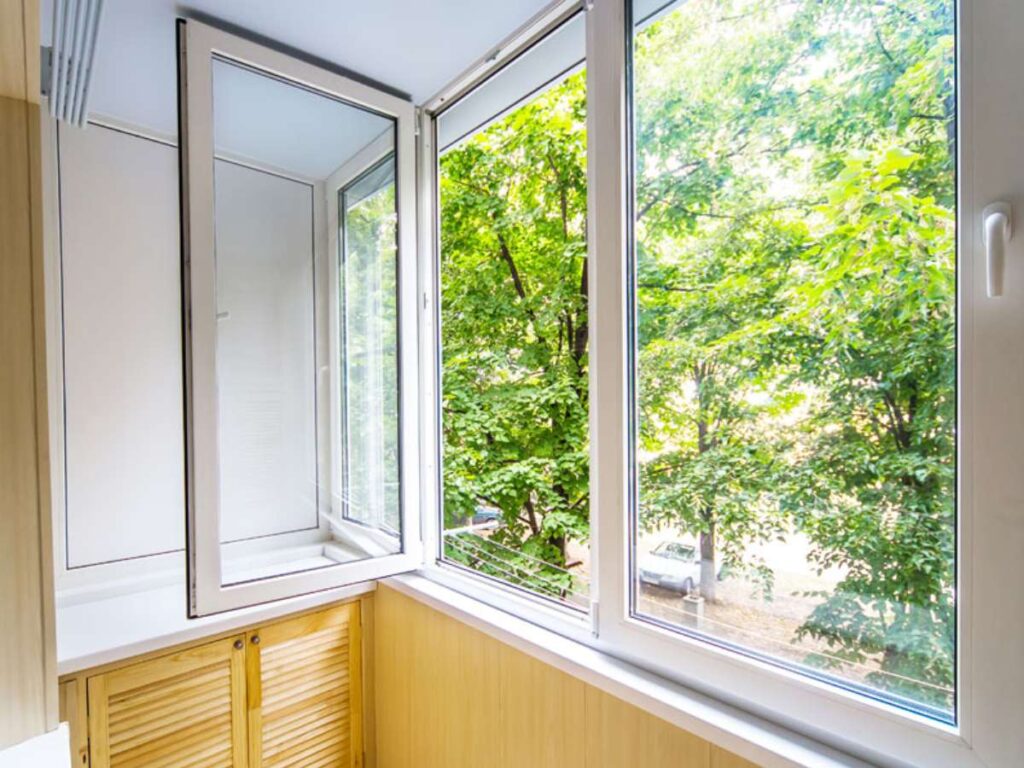
4. How Much Do Commercial Aluminum Windows Cost?
Most people ask this right away: “So, how much will it cost?” It’s a fair question, but there’s no single answer. Commercial aluminum windows are made to fit different buildings, styles, and performance needs, so prices can vary quite a bit. Still, here’s a clear starting point.
Estimated Price Range
On average, commercial aluminum windows fall into these ranges:
- Basic Fixed Windows: Around $150–$300 per square meter. These are the simplest style with no moving parts, great for areas where ventilation isn’t needed but natural light and clear views are important.
- Sliding Or Casement Windows: About $250–$500 per square meter. These offer both style and functionality, giving you smooth operation and better ventilation without taking up extra interior space.
- Tilt-And-Turn Or Bi-Fold Systems: Usually $500–$900 per square meter. These are premium options that combine flexibility, large openings, and impressive aesthetics, often used in high-end villas or commercial spaces.
These figures cover the cost of the window units only. Installation, custom colors, special glazing, or upgraded hardware can add more. I worked with a villa owner who went for large sliding windows with triple glazing and thermal break frames. Their total was closer to $700 per square meter, but the insulation and scenic view were worth it to them.
What Changes The Price?
Several factors can influence the final cost:
- Size: Larger panes require more materials and are harder to produce, which pushes up the price.
- Glazing: Double or triple glazing improves insulation and comfort, but each added layer increases material and manufacturing costs.
- Thermal Break: Adding a thermal break to the frame reduces heat transfer and can save on energy bills, though it raises upfront investment.
- Finish: Basic colors like silver or white are the most affordable. Premium finishes such as black, bronze, or realistic woodgrain cost more due to extra processing.
- Extra Features: Soundproofing glass, security-rated glazing, or hidden hinge systems can greatly improve performance, but they also increase production and installation costs.
Think about your location, building type, and priorities. Is energy efficiency at the top of your list, or is noise reduction more important? Are you aiming for a statement look or working with a strict budget? Knowing this will make it easier to find a window that’s the right fit for both your needs and your budget.
5. Where to Source Commercial Aluminum Windows
Finding the right aluminum window is one thing, but finding the right supplier is another. I’ve seen customers spend weeks comparing catalogs or websites, only to feel overwhelmed. Others rush the decision and end up with windows that don’t fit their needs.
Local Suppliers
Local suppliers let you see samples in person and get advice face-to-face. Support is nearby if something goes wrong, which can be a big plus. The trade-off is fewer style options and often higher prices compared to direct purchasing.
Manufacturers
Going straight to a manufacturer like Vallisco gives you more design choices, competitive pricing for larger orders, and direct access to product experts. We’ve worked with hotels, villas, and architects across Southeast Asia and Europe who wanted a smoother, faster process. Sharing your floor plans early helps us guide you to the right fit.
Trade Shows And Referrals
Trade shows are great for meeting trusted suppliers in person and asking quick, targeted questions. Vallisco has connected with many long-term clients this way. Referrals from people you trust can also lead you to proven, dependable partners.
6. Common Mistakes to Avoid
I’ve seen projects delayed, budgets stretched, and windows replaced just weeks after installation. Most of the time, these problems come from a few simple mistakes. If you’re planning a commercial build, here’s what to keep in mind.
Choosing Residential-Grade Frames For Commercial Use
- Frame Strength: Residential frames can bend under the weight of large commercial glass panes. This often leads to sagging, poor fit, and reduced lifespan.
- Seal Quality: Poor sealing allows drafts and outside noise to enter. Over time, this can make rooms uncomfortable and raise energy costs.
- Sound Control: Home-grade designs often let sound travel easily between rooms. In busy buildings, this can quickly become a problem for privacy and comfort.
Not Thinking About Cleaning
- Access Difficulty: Some window designs are hard to reach from the outside. This makes routine maintenance more time-consuming and costly.
- Opening Style: Certain types make cleaning awkward or unsafe. For example, fixed windows on higher floors may require special tools.
- Safety Concerns: High windows may require ladders or scaffolding to maintain. This adds both risk and expense to upkeep.
Ignoring Local Regulations
- Fire Safety: Codes may require specific window opening angles for emergency exits. Overlooking this can cause project delays or failed inspections.
- Protective Features: Some areas mandate safety bars for higher windows. These rules help reduce the risk of falls or accidents.
- Glass Standards: Commercial projects may require certain safety certifications. Without them, your building may not meet legal requirements.
A little planning early can prevent expensive mistakes later. Taking the time to choose the right window type, think about maintenance, and following local rules will save you time, money, and frustration.
Choosing the Right Aluminum Windows for Your Property
Selecting the right aluminum windows can feel overwhelming with so many styles, finishes, and performance options available. The key is matching the window’s features to the way the space will be used. Once you focus on how the building will function day to day, the decision becomes much easier.
Space Use
A busy hotel lobby benefits from large panes for natural light, paired with strong frames that can handle frequent use. A greenhouse might need ventilation and moisture control while resisting corrosion. When you start with the daily function of space, you narrow the options to those that truly fit.
Window Location
Sliding windows work well where interior space is limited, while casement designs give maximum airflow. In one coastal villa project, fixed windows faced the sea to frame the view, and sliding panels on the sides let in fresh breezes. Using different types in the same property can balance appearance and function.
Local Climate
Hot or cold climates may benefit from thermal breaks in the frame to reduce heat transfer. For windy or rainy sites, look for higher water and wind resistance ratings. I once worked on a hillside property where wind was a constant issue, and the right specs kept the rooms comfortable in every season.
Budget Balance
Make a list of must-haves such as energy savings, noise control, or low maintenance. Then compare models that deliver these benefits without unnecessary extras. A villa owner I worked with chose double glazing over triple and worked with Vallisco to get custom-sized frames that fit both their needs and their budget.
Conclusion
I’ve seen projects succeed simply because the right windows were chosen from the start. Yours can be next.
We covered what commercial aluminum windows are, the types available, key features, costs, mistakes to avoid, and how to choose the best fit for your space.
You now know what matters, where to look, and how to match your window to your property’s needs.
So, what’s stopping you? Is it design, budget, or just deciding where to start?
Your building deserves windows that last and look great.
Contact Vallsico today and let’s make your project a success.
Explore Related Resources
Want to see more? We’ve gathered additional product choices to give you even more variety:
Still haven’t found what you’re looking for? Don’t hesitate to contact us. We’re available around the clock to assist you.


